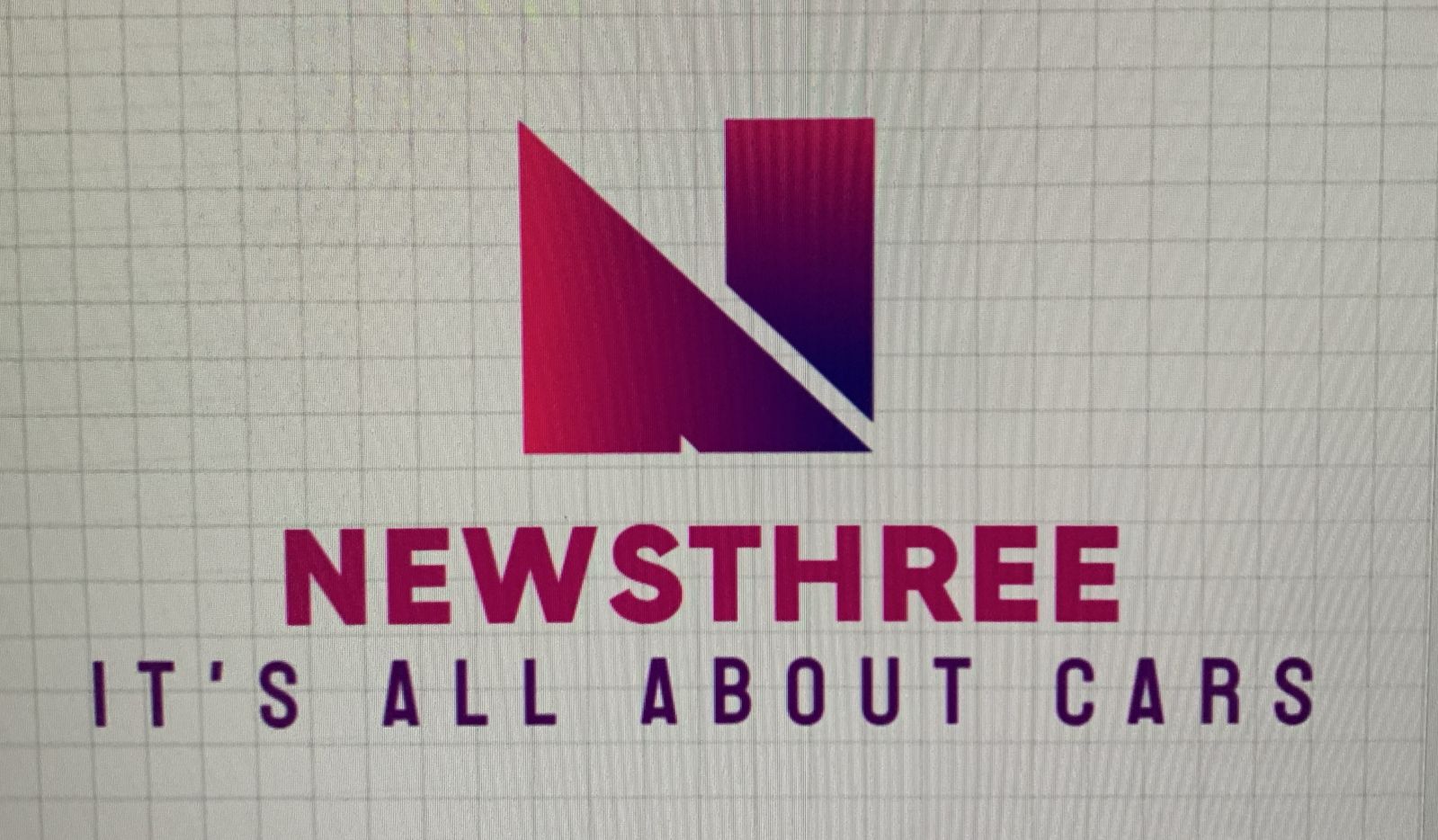Environmental Technology Verification: Bridging the Gap Between Innovation and Trust

Newsthree.biz.id Hopefully there is always a smile on your face. In This Edition I will discuss the latest developments about TECHNOLOGY. Informative Notes About TECHNOLOGY Environmental Technology Verification Bridging the Gap Between Innovation and Trust Study each part until the closing paragraph.
Table of Contents
In an era defined by escalating environmental concerns and a growing demand for sustainable solutions, environmental technology (ET) has emerged as a critical tool for addressing complex challenges. However, the inherent complexity and novelty of many ETs present a significant hurdle: building trust and confidence in their performance. This is where Environmental Technology Verification (ETV) plays a pivotal role.
ETV, in essence, is a rigorous and independent assessment process designed to validate the performance claims made by technology developers. It acts as a crucial bridge, connecting innovative ETs with potential users, including businesses, governments, and consumers, by providing objective and credible evidence of their efficacy. This article delves into the intricacies of ETV, exploring its significance, methodology, and potential to accelerate the adoption of environmentally beneficial technologies.
The Imperative of Verification: Addressing the Trust Deficit
The market for environmental technologies is saturated with promises. Developers often tout impressive performance figures, but without independent validation, these claims can be difficult to substantiate. This inherent lack of transparency can lead to skepticism and hesitation among potential users, hindering the widespread adoption of potentially groundbreaking solutions.
ETV addresses this “trust deficit” by providing a standardized and globally recognized framework for assessing the performance of ETs. Through rigorous testing and evaluation, ETV generates credible data that allows users to make informed decisions, reducing the risk associated with adopting novel technologies. This is particularly important in areas where environmental regulations are stringent, and demonstrable performance is a prerequisite for compliance.
The ETV Process: A Multi-Stage Approach to Credible Validation
The ETV process is typically structured around a multi-stage approach, ensuring comprehensive and impartial evaluation:
Application and Scoping: The technology developer initiates the process by submitting an application to a recognized ETV organization. The application includes detailed information about the technology, its intended use, and the performance claims being made. The ETV organization then conducts a scoping assessment to determine the feasibility of verification and to define the scope of the evaluation.
Verification Protocol Development: Based on the scoping assessment, a detailed verification protocol is developed. This protocol outlines the specific tests and analyses that will be conducted to validate the performance claims. The protocol is designed to be objective, transparent, and scientifically sound, ensuring that the results are credible and defensible.
Testing and Evaluation: The technology is subjected to rigorous testing and evaluation according to the established verification protocol. This may involve laboratory testing, field trials, or a combination of both. Independent experts are often involved in the testing process to ensure impartiality and accuracy.
Data Analysis and Reporting: The data collected during testing is meticulously analyzed to determine whether the technology meets the performance claims made by the developer. A comprehensive verification report is then prepared, summarizing the methodology, results, and conclusions of the evaluation.
Verification Statement: If the technology meets the established criteria, the ETV organization issues a verification statement. This statement provides a concise and credible summary of the technology's verified performance, allowing potential users to quickly assess its suitability for their needs.
Benefits of ETV: A Catalyst for Innovation and Adoption
The benefits of ETV extend beyond simply validating performance claims. It serves as a powerful catalyst for innovation and accelerates the adoption of environmentally beneficial technologies. Specifically, ETV offers the following advantages:
Increased Credibility: Provides independent, third-party validation of performance claims, enhancing credibility and building trust with potential users.
Reduced Risk: Allows users to make informed decisions based on objective data, minimizing the risk associated with adopting novel technologies.
Market Access: Facilitates market access by providing evidence of compliance with environmental regulations and performance standards.
Technology Development: Provides valuable feedback to technology developers, helping them to optimize their designs and improve performance.
Investment Opportunities: Attracts investment by demonstrating the technical and economic viability of environmental technologies.
Environmental Protection: Ultimately contributes to improved environmental protection by promoting the adoption of effective and sustainable solutions.
The Future of ETV: Expanding Scope and Enhancing Impact
As the demand for sustainable solutions continues to grow, the role of ETV will become increasingly important. Ongoing efforts are focused on expanding the scope of ETV to cover a wider range of technologies and applications, as well as enhancing the effectiveness and efficiency of the verification process. This includes incorporating emerging technologies such as artificial intelligence and machine learning to improve data analysis and streamline the evaluation process. Furthermore, greater harmonization of ETV standards across different regions and countries is essential to facilitate international trade and promote the global adoption of environmental technologies.
In conclusion, Environmental Technology Verification represents a vital mechanism for ensuring the credibility and performance of environmental technologies. By providing independent and objective validation, ETV bridges the gap between innovation and trust, accelerating the adoption of sustainable solutions and contributing to a more environmentally responsible future. As the world grapples with pressing environmental challenges, the continued development and implementation of ETV programs will be crucial for harnessing the full potential of environmental technology and achieving a sustainable future for all.
That is the complete explanation about ${title} in technology that I have presented Thank you for your trust in this article stay consistent and prioritize your family's health. Don't hesitate to share this with your friends. See you in the next article








✦ Tanya AI